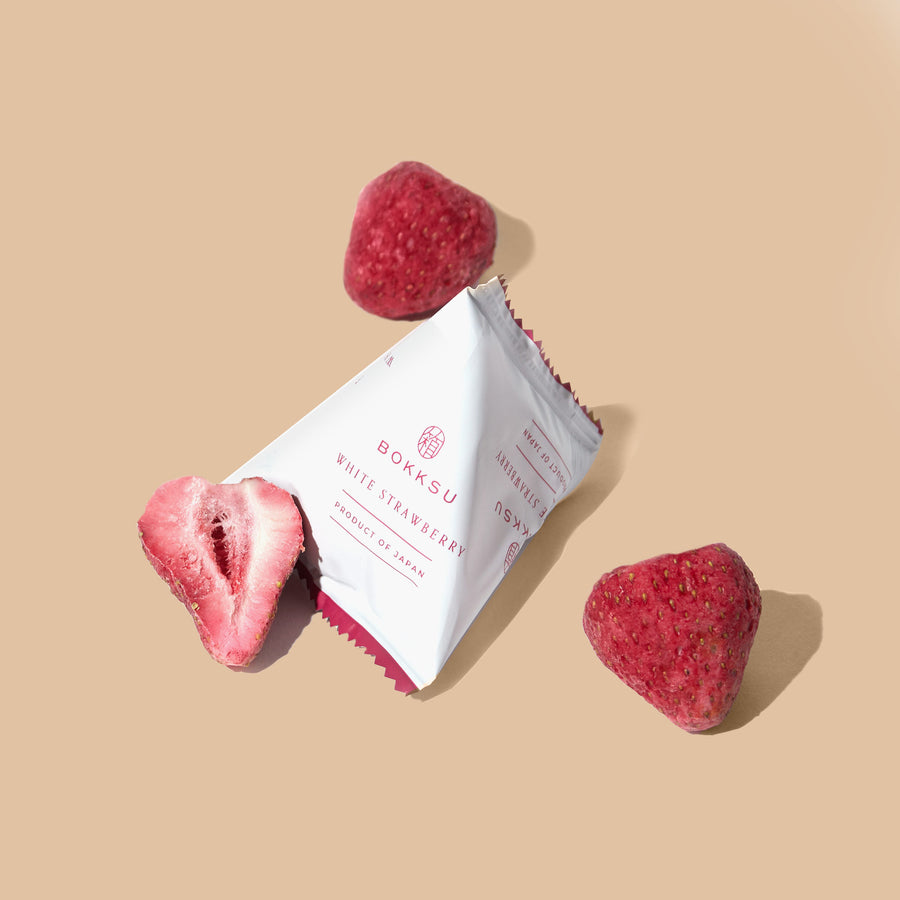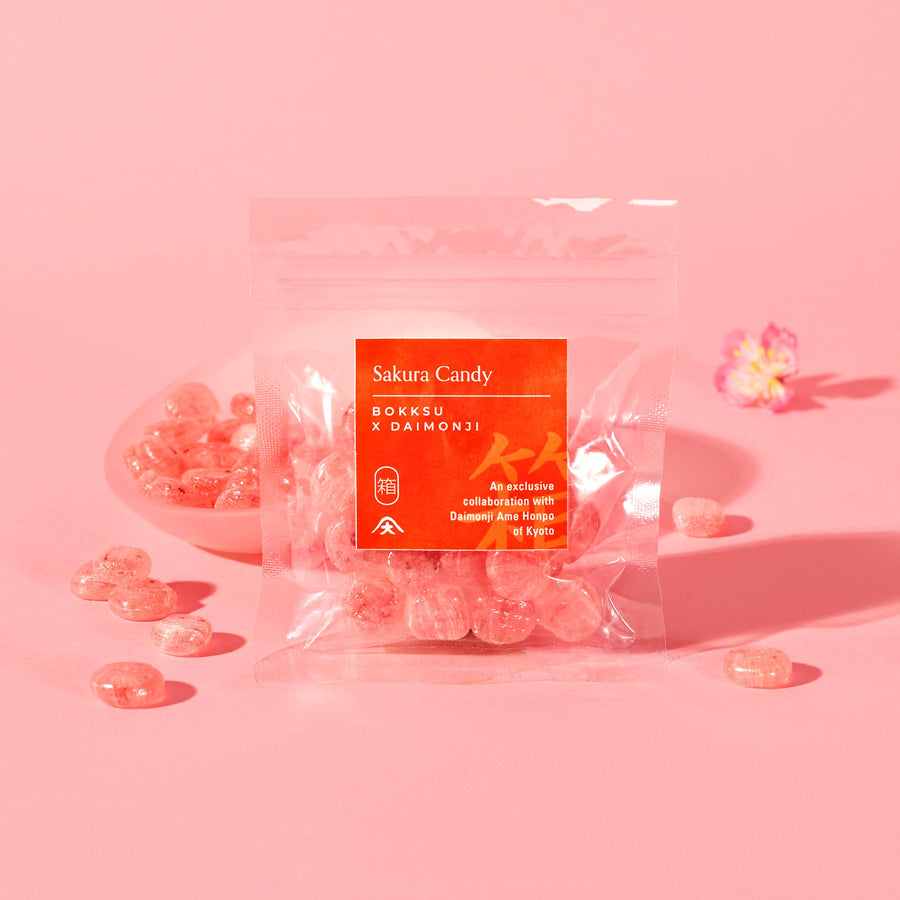All About Yatai
Street food is popular in many places around the world. They offer cheap, easy-access food that reflects a region’s culinary preferences. Yatai means “shop stand” in Japanese, and they are a form of movable food stall.
Yatai are wooden, two-wheeled push carts carried around by food vendors. There’s typically some kind of bar or barrier between patrons and vendors. Some yatai also feature fixed structures offering a couple of seats for diners.
Though there aren’t as many yatai as there once was, they can still be found at festivals, or “matsuri,” as well as on walkways and streets throughout the country. Read on for our guide to all things yatai.
The History of Yatai
Japan’s mobile food stalls have been around since the Edo period (1603-1868). Yatai provided the 17th century’s version of fast food, where people could get afternoon and evening meals on the go.
Yatai were commonly found outside shrines and temples and were known to serve soba noodles made from buckwheat. Soba were often eaten at night and sold from yatai known as “yutakasoba” or evening soba vendor.
A wave of industrialization and urbanization in the 1900s led to a resurgence of yatai after a period of stricter regulations caused a decline. The sale of "ready-made" yatai carts in the 1950s also contributed to the refreshed popularity.
Yatai gave rise to regional cuisine, preserving the popularity of various Japanese snacks and dishes.
Foods Served at Yatai
The foods served from yatai are usually traditional Japanese cuisine, though modern interpretations can also be found. Drinks like beer, sake, and shōchū are typically available too. The following are foods commonly sold at yatai.
Dango
Similar to mochi, dango are round, sweet or savory rice dumplings served on skewers. Dango are eaten throughout the year, but different flavors accompany the four seasons.
Kabayaki
Kabayaki is broiled or grilled eel, or “unagi.” The eel is cut into thin slices before being seasoned with a soy sauce and mirin (a cooking wine) mixture. Kabayaki can be eaten on its own, but it also comes served over rice.
Gyoza
Gyoza are dumplings typically filled with ground pork mixed with nira (a Japanese chive) garlic, ginger, and cabbage. Gyoza can be pan-fried, steamed, or boiled and are often served with dipping sauces made from soy sauce, or “shoyu,” and vinegar.
Oden
Oden is a hotpot dish made with stewed ingredients like boiled eggs, cabbage, daikon, fishcakes, and tofu. Oden is somewhat of a “homestyle” comfort food that can cook all day, making it popular among yatai vendors.
Sushi
Seafood has been an important part of Japanese cuisine for centuries. The type of hand-pressed sushi, or “nigirizushi,” that’s still popular today comes from Edo period yatai. Sashimi was pressed together with rice, forming a quick meal on the go. While the original types of seafood included only halibut, eel, tuna, and shellfish, a vast array of fish is used today but mainly at fixed establishments.
Ramen
Another warming dish, ramen or “pulled noodles” is an infamous Japanese noodle soup. There are many various, from the broth—which can be made from chicken, pork, or beef—to the additional ingredients—like sliced meat, vegetables, etc.
Takoyaki
Takoyaki are “octopus balls” made from minced octopus and seasonings before being coated in flour-based batter before being fried. They’re associated with Osaka, but can be found as an appetizer or snack elsewhere.
Tempura
Flour, eggs, and water create a light coating for fresh seafood tempura. When it’s fried, it crisps up perfectly, and can be dipped in a sauce mixed with grated daikon radish. Due to the potential fire hazard associated with frying, tempura couldn’t be made in Edo’s wood and paper houses—making it perfect for food stalls.
Where To Find Yatai
Today, food stalls are especially popular in Fukuoka City as well as during festivals. More specific locations include Omoide Yokochou, Ameyoko, and Nakamise Dori.
Omoide Yokochou, also known as “Memory Lane,” is a short street located in Shinjuku. These stalls actually aren’t very transportable, but they serve delicious food nonetheless.
Then there’s Ameyoko, a street with a mix of shops and yatai. Unlike other spots, the yatai on this Ueno-area street are open during the day as well as the evening.
The yatai of Nakamise Dori sell souvenirs and food. The stalls’ proximity to Kaminarimon gate is reminiscent of yatai historically being found near temples and shrines.
Japanese street food has a long history. Yatai have helped preserve the popularity of a wide array of cuisine. They provide delicious food, a unique eating experience as well as a taste of the past.
Author Bio








 Bokksu Snack Box
Bokksu Snack Box

























